There are a few ways to crochet in the round, and variations on those ways. I have a baker’s dozen of contenders for you, fighting it out to see who is the champion. I hope you like orange, because they’re all in the same orange yarn – though I have some kicky backgrounds for you, to break up the monotony.
We have essentially five techniques: spiral, stepped spiral, standard joined rounds (plus 6 variations), progressive joined rounds (plus 1 variation), and unjoined rounds (plus 1 variation). These are all cases without turning between rounds. I want to acknowledge Crochet Spot, Cre8tion Crochet, and Crochet Ever After for giving or inspiring many of these variations.
The samples are numbered by the order in which I stitched them, which is not quite the order in which they appear in the categories. I didn’t want to change the labels when I reorganized because it seemed likely I might mix some up.
Here’s the punch line: use spiral crochet for patterns that call for it. For patterns calling for you to join with a slip stitch in the first stitch of the round, chain 1, and then begin the next round in the same stitch you slip stitched into, make a slight variation: after slip stitching, hold the yarn against the hook with your thumb and pull upward to tighten the slip stitch (method 9 below). Make everything else at standard tension.
To compare, I looked at ease of stitching, seam line, biasing of stitches, the back side, and whether the end of a round aligned vertically with the beginning. The punch line is that when you can use a spiral, do. If there are features that have to be lined up, you may have to use a spiral, because it biases slightly backward (each round starts slightly earlier than the previous one), and there is no other technique that does so. There are techniques that bias forward, by starting each round in the second stitch of the previous; I call most of those “progressive.” They are interchangeable with each other but not with the spiral or techniques with no bias. Most of the techniques below do not bias either direction; they are all based on standard joined rounds. The gory details are after the jump.
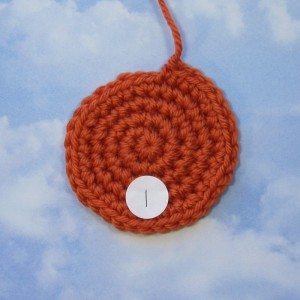 Sample number: 1
Sample number: 1
Description: Standard spiral.
Difficulty: easy
Seam: none
Bias: backward
Back: as nice as front
Alignment: significant jog at end
Notes: Easy, standard, may need this if the biasing is accounted for in the design.
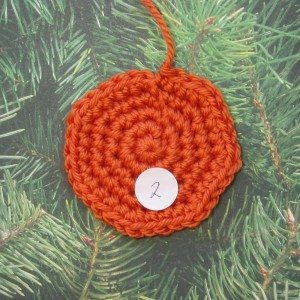 Sample number: 2
Sample number: 2
Description: Stepped spiral: slip stitch at end of round, do not chain up; next round starts in second stitch of previous round and ends in slip stitch.
Difficulty: easy
Seam: minor
Bias: forward
Back: as nice as front
Alignment: mild jog at end
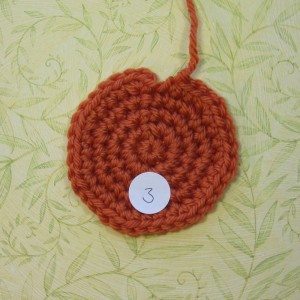 Sample number: 3
Sample number: 3
Description: Standard joined rounds: slip stitch into first single crochet of round, chain 1, and begin round in same stitch as slip stitch; skip slip stitch at end.
Difficulty: fairly easy; must take care starting round in correct stitch and counting
Seam: strong; long horizontal strands show
Bias: none
Back: arguably nicer than front
Alignment: no jog at end
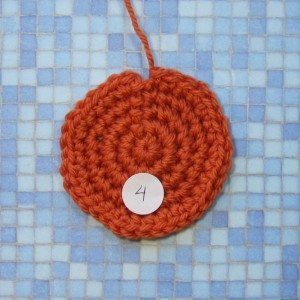 Sample number: 4
Sample number: 4
Description: Almost standard joined rounds: as 3 but slip stitch made in back loop only of stitch.
Difficulty: medium; slip stitch distorts first stitch of previous round
Seam: strong; long horizontal strands; no better than 3
Bias: none
Back: as nice as front
Alignment: no jog at end
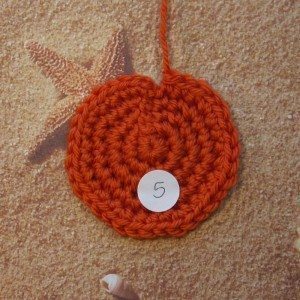 Sample number: 5
Sample number: 5
Description: Almost standard joined rounds: as 3 but slip stitch made in vertical strand behind first stitch of round.
Difficulty: hard; those strands are tight and using them tightens the first two stitches of the previous round
Seam: less visible than 3 but stiff
Bias: none
Back: strandy
Alignment: no jog at end
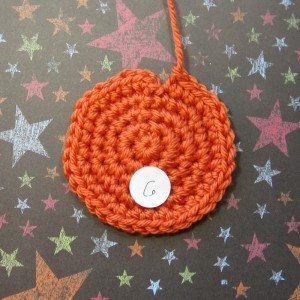 Sample number: 6
Sample number: 6
Description: Almost standard joined rounds: as 3 but slip stitch in back loop of first single crochet plus the horizontal strand immediately under that loop on the back of the stitch.
Difficulty: more than 4, less than 5: must separate the strands again for the first stitch of the round
Seam: different from 3 but similar level of visibility
Bias: none
Back: …awkward-looking
Alignment: no jog at end
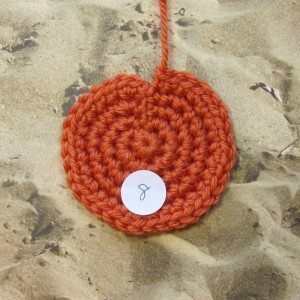 Sample number: 8
Sample number: 8
Description: Almost standard joined rounds, but slip stitch into the ch-1 and then tighten the slip stitch down (after making sl st, hold yarn against hook with thumb and pull up).
Difficulty: slightly tough (tight work)
Seam: obvious, vertically compressed seam
Bias: no bias
Back: slightly better than front
Alignment: no jog at end but entire piece is distorted
Notes: I didn’t try this method without tightening the slip stitch, but I can’t imagine it’s a contender.
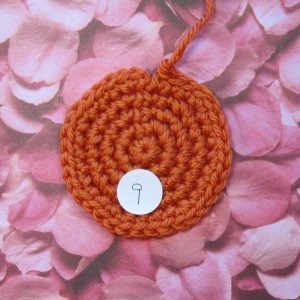 Sample number: 9
Sample number: 9
Description: Almost standard joined rounds but tighten the slip stitch down as in 8.
Difficulty: fairly easy
Seam: findable but quite non-obvious
Bias: none
Back: as nice as front
Alignment: no jog at end
Notes: This is the best method of its class; stitches stay at a good tension, so there is no added difficulty, and the seam is minimized. Tightening the chain as well, as below, increases tension but does not make a noticeable improvement in the seam. The fact that this is on rose petals is a coincidence, by the way. The most ordering of backgrounds I did was trying to make sure I didn’t get a stretch of one color.
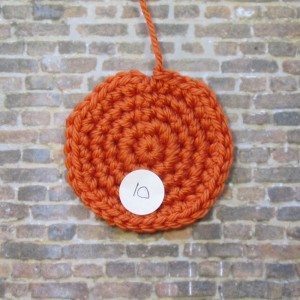 Sample number: 10
Sample number: 10
Description: Almost standard joined rounds but slip stitch and chain 1 both tightened down (as 8 but repeat tightening after chain).
Difficulty: harder than 9 (tighter)
Seam: very similar to 9
Bias: none
Back: as nice as front
Alignment: no jog at end
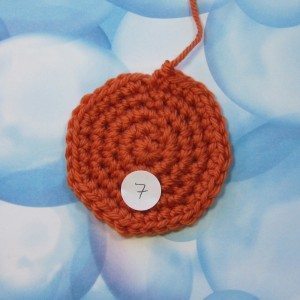 Sample number: 7
Sample number: 7
Description: Progressive joined rounds: slip stitch in first single crochet of round, chain 1, begin round in second stitch of previous round and end in joining slip stitch.
Difficulty: easy
Seam: slightly more than 2 but not much
Bias: forward
Back: as nice on back as front
Alignment: no jog at end
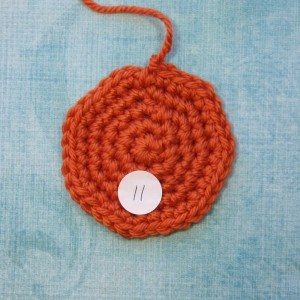 Sample number: 11
Sample number: 11
Description: Variation on progressive joined rounds: slip stitch in back loop only of first stitch of round; chain 1; make first stitch of new round in second stitch of previous round and last stitch of new round into both loops of first stitch of previous round (where joining slip stitch was made), enclosing the slip stitch.
Difficulty: challenging
Seam: fairly non-obvious
Bias: forward
Back: arguably worse than front
Alignment: no jog at end
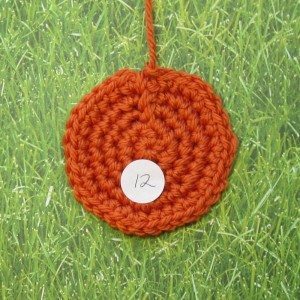 Sample number: 12
Sample number: 12
Description: Unjoined progressive rounds: Do not slip stitch; chain 1; work new round from second stitch of previous round to first stitch of previous round, enclosing ch-1 with last stitch(es).
Difficulty: moderately challenging
Seam: ghastly – looks like spike stitches
Bias: forward
Back: ghastly
Alignment: no jog at end
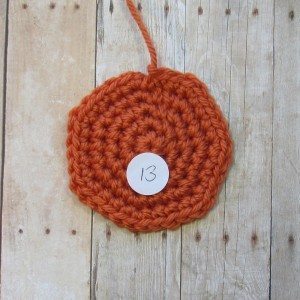 Sample number: 13
Sample number: 13
Description: Careful unjoined progressive rounds: as 12, but work final stitch(es) in front of ch-1 instead of enclosing it.
Difficulty: challenging
Seam: quite disguised but findable
Bias: forward
Back: obvious long strands
Alignment: no jog at end
Notes: This final sample is intriguing. It has the least seam I could produce in proper rounds, at least if you don’t get to turn it over. I would recommend chaining very loosely because the part that looks like a seam seems to be produced by needing to pull the first stitch of the round up when you stitch into it at the end of the next round. I’ll be including this in a later episode of Crochet Gladiator: Stripes in the Round.
So! I’m sure there are other variations I could try, but I’m pretty content with this batch. There is no way to slip stitch and single crochet in the same stitch without a chain in between, incidentally, because the slip stitch will turn into a chain when you make the single crochet, ruining its purpose.
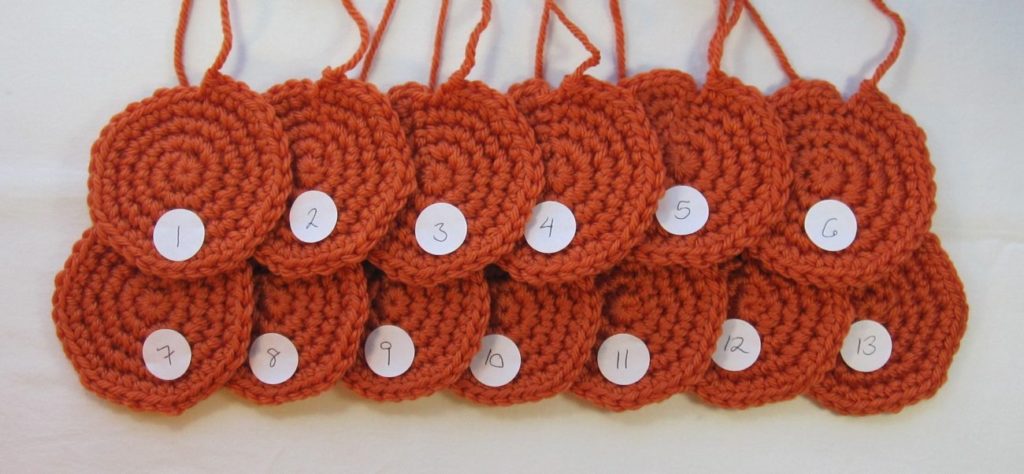
ARE YOU NOT ENTERTAINED?!
IS THIS NOT WHY YOU ARE HERE?